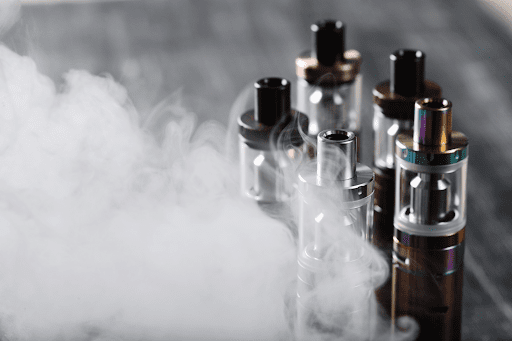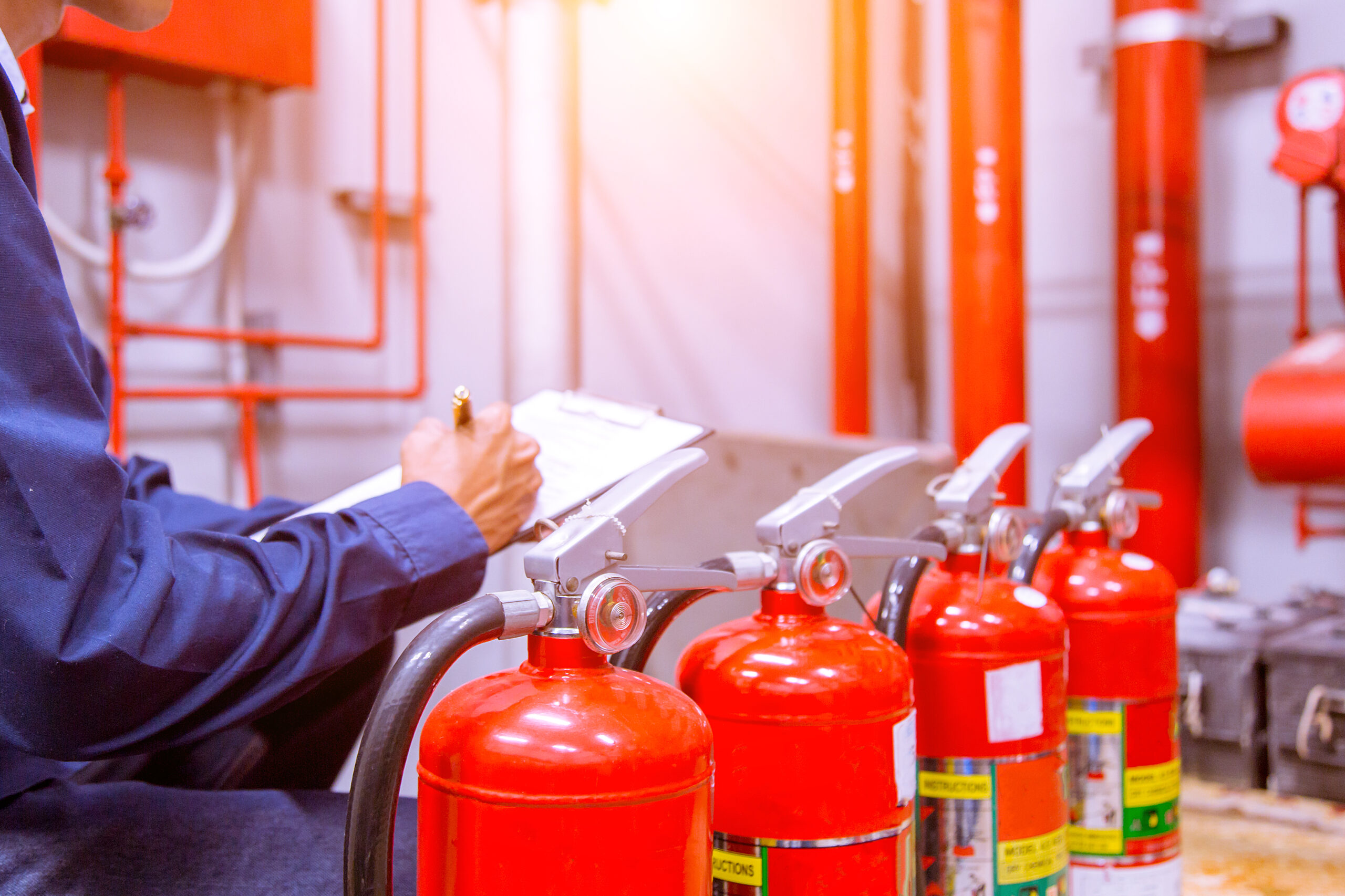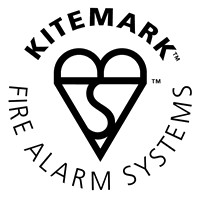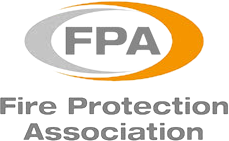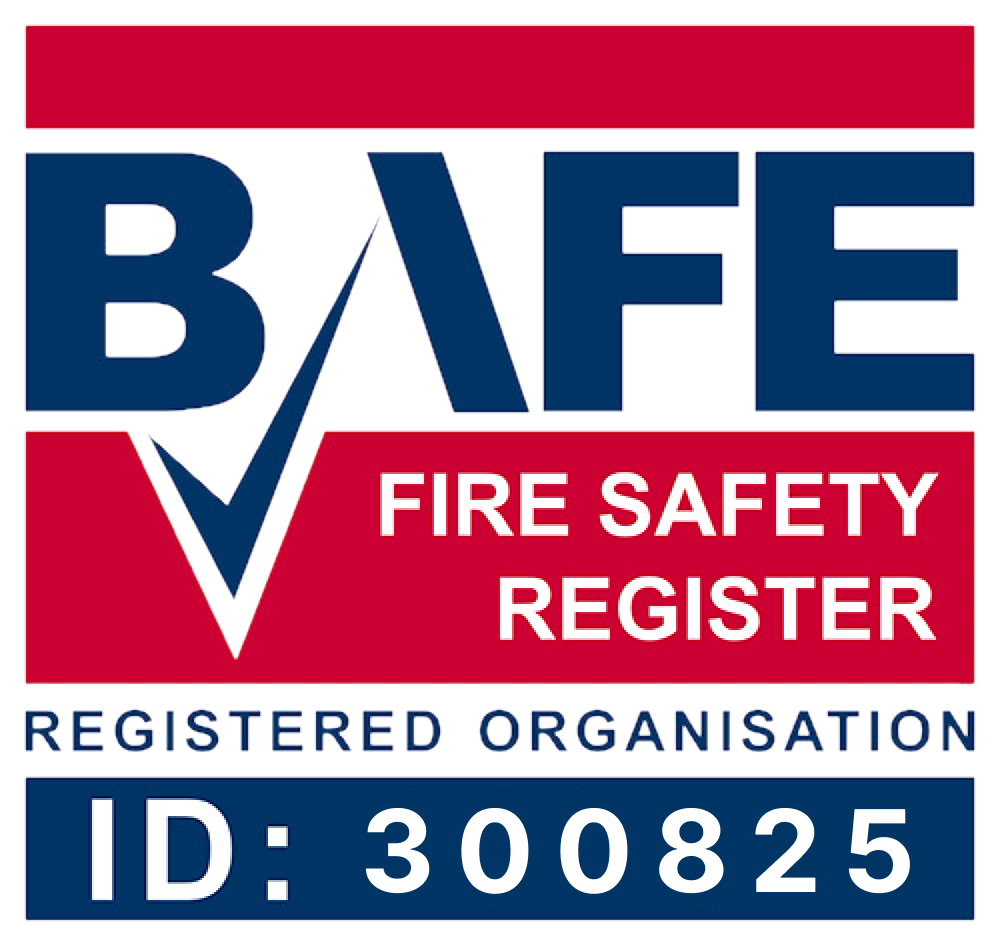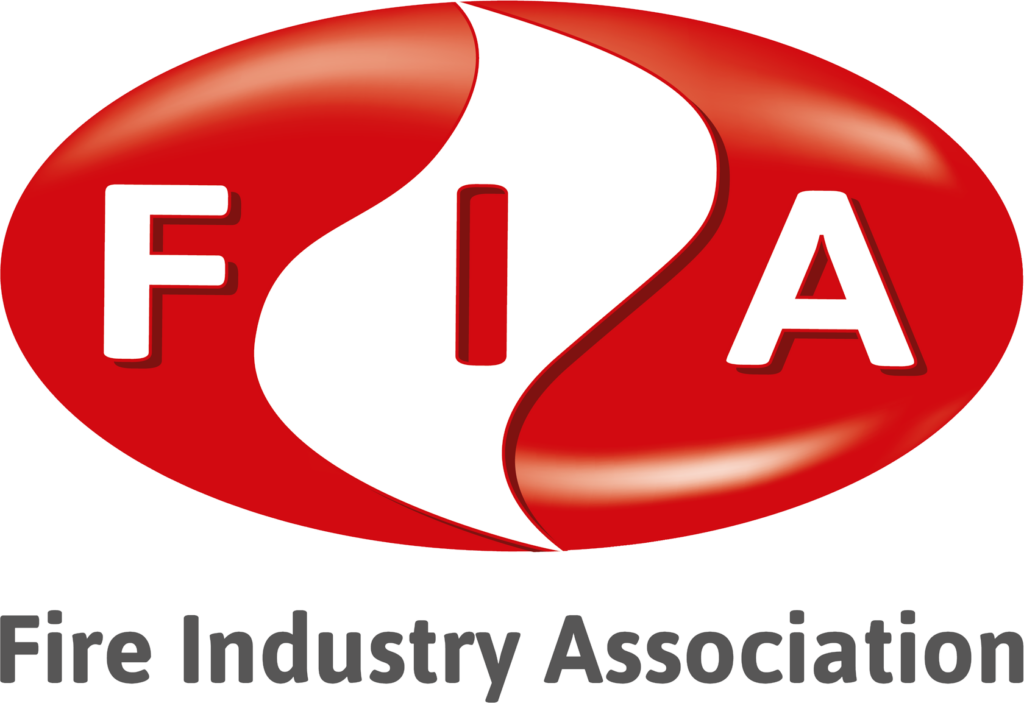Fires can have a devastating impact on people and destroy, homes, buildings and even lives.
That is why fire alarms are absolutely crucial for detecting and alerting occupants of a potential fire, allowing them to evacuate the premises and call for help.
Fire alarms have been shown time and time again to significantly reduce the risk of fire-related deaths and injuries, which makes them an essential part of any building’s safety measures (whether it be residential or commercial premises.)
However, just having a fire alarm system isn’t enough. Regular testing and maintenance of figure alarms are completely critical to ensure that they are functioning properly and can efficiently detect fires.
The frequency of fire alarm testing and fire alarm servicing will depend on the type of alarm or fire alarm systems that the property has implemented, the environment in which the fire alarm is installed, and the applicable laws and regulations.
Types of fire alarms
Fires are a serious threat that can put people’s lives at risk – as well as cause severe damage to property. There are various types of fire alarms that can help protect the occupiers and visitors of a building and also protect the property itself.
The Types
There are two primary types of fire alarm systems that are available. A fire alarm system can be either a manual fire alarm system or an automatic fire alarm system.
The manual fire alarm systems will require someone to press the manual call point of the fire alarm or the ‘outstation’, and this will then translate and register that someone has pressed the manual call point on the fire alarm panel or the ‘master station’. These manual call points have to be located on escape routes, fire exists and in any areas or environments that are deemed to be a high risk that it complies with fire safety regulations.
Automatic fire detection systems are systems that become automatically activated when a smoke or heat detector detects an active fire. These systems are also integrated with a manual option for someone to raise the alarm at a manual call point, which will again translate and register that someone has pressed the manual call point and activated the fire alarm.
There are two different variants of fire alarm systems in commercial premises. These variants are the conventional fire alarm system and the addressable fire alarm system.
The conventional fire alarm system will receive an alert of a detected fire (either by manual call or an automatic system) and see it registered on the fire alarm panel, in one of the identified zones based on how the system was originally set up and installed.
The second variation of fire alarm systems in commercial or business premises is the addressable fire alarm system which works by the automated fire detection system or manual call point being registered on one of the control panels as a specified address within the location zone.
It is important to note that type of fire alarm system that is implemented within your property needs to be clearly outlined within the business risk assessment that is up to date.
The standard residential property will typically just have a heat detector, smoke alarm or carbon monoxide detector all of which should be subjected to a weekly test and a yearly fire alarm servicing a fire alarm servicing company. If you are testing your fire alarm it is important that you follow the manufacturer’s instructions for testing and maintaining.
Testing frequency
It is vital that your fire alarm system is frequently treated whether you are looking at this from a business perspective for a commercial property or from a homeowner or renters perspective for a residential property.
Residential properties
Ideally, your fire alarm should be tested every week and there needs to be a minimum of one smoke alarm per floor with a heat detector located within the kitchen.
Commercial properties
Fire alarm regulations and the British standard bs 5839 of 2019 state that fire alarm systems for buildings on commercial premises need to have a fire alarm test at least once a week. This is to ensure that there has not been any major failure to the system that would prevent the system from working effectively.
Outside of your fire alarm tests, you will need to log the date, time, cause and duration of each time the fire alarm’s triggered. You will also need to outline any faults that are found within the fire alarm system and what action was taken to repair them.
You should also include in the log book the date and time of any and all instances in which the fire alarm had been disconnected.
How to test fire alarms
You need to complete fire alarm tests at least once a week on your commercial premises. This should be done by a competent person. All outstations within the property need to be created and tested in a rotational order so that all the locations in the fire alarm control panel have been tested regularly.
If the fire alarm system is linked to an alarm receiving centre – the responsible person should contact the alarm receiving centre immediately before the fire alarm test and straight after the alarm sounds.
Additional fire alarm maintenance
Regular maintenance to extend the life of fire alarms
The main objective of any fire alarm system is to be able to detect the absolute earliest sign of a fire and alert the occupants of the property so that they may take the necessary action as soon as possible.
This is why it is essential that your fire alarms are both regularly tested and maintained. A new fire alarm system can be a costly expense so regular maintenance that can prolong the life and accuracy of a fire alarm system is ideal.
Common issues that may arise with fire alarms
Like all things, fire alarm systems can be subject to certain issues during their lifespan. They are highly technical pieces of equipment that require proper maintenance to prolong their life span.
Some common issues that can arise with fire alarm systems are system ground faults, dead batteries, clogged detectors or sprinkler heads, and programming issues.
What to do if you have issues with your fire alarms
You should contact the fire alarm system provider to perform an inspection on the system or contact a qualified fire alarm specialist.
Conclusion
Regular testing and maintenance of fire alarm systems are integral to the safety of the property and the people within it.
It is important to ensure that a fire alarm system is functioning properly and can provide early warning in case of a fire. The actual frequency of the fire alarm testing may vary depending on factors such as the type of alarm, the size of the property, local regulations and the building’s occupancy and usage. However, the general guideline for fire alarm testing is that they should be tested weekly.
It is also vital that the fire alarm or fire alarm system is regularly maintained and serviced as recommended by the manufacturer of the fire alarm and fire alarm system so that you can improve the longevity of the system and ensure the safety of the building and its occupants in the case of a fire.
[/et_pb_text][/et_pb_column][/et_pb_row][et_pb_row _builder_version=”4.19.0″ _module_preset=”default” global_colors_info=”{}”][et_pb_column type=”4_4″ _builder_version=”4.19.0″ _module_preset=”default” global_colors_info=”{}”][et_pb_text _builder_version=”4.19.4″ _module_preset=”default” header_5_font=”|||on|||||” header_5_text_align=”center” header_5_text_color=”#000000″ header_5_font_size=”25px” global_colors_info=”{}”]
Other Articles
[/et_pb_text][et_pb_blog fullwidth=”off” posts_number=”3″ include_categories=”118″ use_manual_excerpt=”off” excerpt_length=”0″ show_author=”off” show_date=”off” show_excerpt=”off” show_pagination=”off” _builder_version=”4.19.0″ _module_preset=”default” header_level=”h6″ header_font_size=”18px” meta_font=”|||on|||||” meta_font_size=”10px” meta_letter_spacing=”2px” text_orientation=”center” custom_css_featured_image=”transition: transform 300ms;” border_radii=”on|10px|10px|10px|10px” border_width_all=”0px” box_shadow_style=”preset1″ box_shadow_blur=”4px” box_shadow_color=”rgba(38,0,0,0.3)” locked=”off” global_colors_info=”{}” transform_styles__hover_enabled=”off|hover” transform_scale__hover_enabled=”off|hover” transform_translate__hover_enabled=”off|hover” transform_rotate__hover_enabled=”off|hover” transform_skew__hover_enabled=”off|hover” transform_origin__hover_enabled=”off|hover” transform_scale__hover=”105%|105%” box_shadow_blur__hover_enabled=”off|hover” box_shadow_blur__hover=”18px” custom_css_content__hover_enabled=”off|hover” custom_css_content__hover=”box-shadow: 0px 2px 13px 0px rgb(38 0 0 / 30%);||transition: transform 300ms ease 0ms,box-shadow 300ms ease 0ms;||” custom_css_featured_image__hover_enabled=”on|hover” custom_css_featured_image__hover=”transform: scaleX(1.05) scaleY(1.05)!important;||transition: transform 300ms;||-webkit-font-smoothing: antialiased;”][/et_pb_blog][/et_pb_column][/et_pb_row][/et_pb_section]

